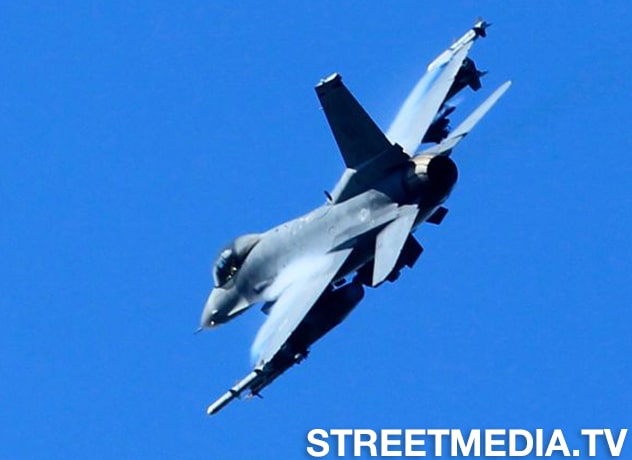F-16 Fighter Jets Cause Sonic Boom Explosion To Prevent a Potential Attack in Restricted Airspace Over Washington D.C.

On June 6th, 2023, Sunday afternoon, the tranquility of the DMV (District of Columbia, Maryland, Virginia) area was abruptly shattered by reports of a loud explosion. The cause? An unresponsive aircraft that had entered restricted airspace over Washington D.C., raising concerns of a potential attack. However, thanks to the swift response of multiple F-16 fighter jets, disaster was averted. The jets, deployed from Joint Base Andrews, broke the speed of sound, causing a F-16 sonic boom heard throughout the region, and intercepted the aircraft in Staunton, Virginia. In this blog post, we will delve into the details of this nerve-wracking incident, the actions taken by the authorities, and the aftermath.
Authorities were alerted when an aircraft, flying a peculiar flight path and remaining unresponsive, breached the restricted airspace over Washington D.C. The unresponsiveness of the plane and its erratic behavior raised significant concerns, triggering a response from the Air National Guard F-16s stationed in Maryland. These jets, under the control of NORAD (North American Aerospace Defense Command), were dispatched to investigate the situation and identify the nature of the threat.
The response by NORAD and the Air National Guard F-16s showcased the effectiveness of the collaborative efforts between military and civilian authorities. Operating in support of the Federal Aviation Administration (FAA), NORAD ensured the safety of the nation’s airspace by promptly responding to any threats that could jeopardize the lives of countless people.
While the actions taken by the F-16 jets averted a catastrophic event, the incident left many in the DMV area shaken and concerned. The loud explosion caused by the fighter jets breaking the sound barrier reverberated throughout the region, causing a momentary panic as people speculated about the source of the blast. Reports of an unresponsive aircraft and restricted airspace fueled anxiety, and the incident raised questions about the vulnerability of the nation’s capital to potential attacks.
In response to the escalating situation, security measures were heightened at key locations such as the White House and U.S. Capitol. Although not escalated to a full “red alert,” these precautions ensured the safety of officials and visitors. The incident serves as a reminder of the ever-present threat faced by high-profile targets and the constant vigilance required to protect them.
Investigations into the crash of the Cessna Citation in southwest Virginia were initiated immediately by Virginia State Police. Their efforts aimed to gather crucial evidence and determine the cause of the pilot’s loss of consciousness. Recovering the wreckage and analyzing the flight data will be essential in piecing together the events leading up to the incident and preventing similar occurrences in the future.
>> Fighter Jets Cause F-16 Sonic Boom To Prevent a Potential Over Washington D.C.
The interception of the unresponsive aircraft highlights the importance of robust security protocols and the need for constant readiness to address potential threats. While this incident ended without tragedy, it serves as a wake-up call to reevaluate and enhance existing security measures.
In the aftermath of the event, there will likely be discussions among aviation authorities, law enforcement agencies, and military bodies regarding the incident’s handling and the overall effectiveness of airspace security protocols. Strengthening coordination and communication between these entities will play a crucial role in identifying and addressing potential security gaps.
Furthermore, it is imperative to examine the pilot’s medical condition and any underlying factors that may have contributed to their loss of consciousness. Regular health check-ups and mandatory medical assessments for pilots can serve as a preventive measure, ensuring the safety of both the pilots and the general public.
The recent incident involving the F-16 sonic boom from interception of an unresponsive aircraft in restricted airspace over Washington D.C. stands as a testament to the swift response and collaborative efforts of the Air National Guard F-16s, NORAD, and other relevant authorities. The decisive action taken by the F-16 pilots averted a potentially catastrophic event, showcasing the importance of a well-coordinated defense system. As investigations continue, it is crucial that authorities learn from this experience and implement necessary changes to further strengthen security protocols. Through constant vigilance and effective communication, we can strive to ensure the safety and well-being of our communities, even in the face of potential threats.



